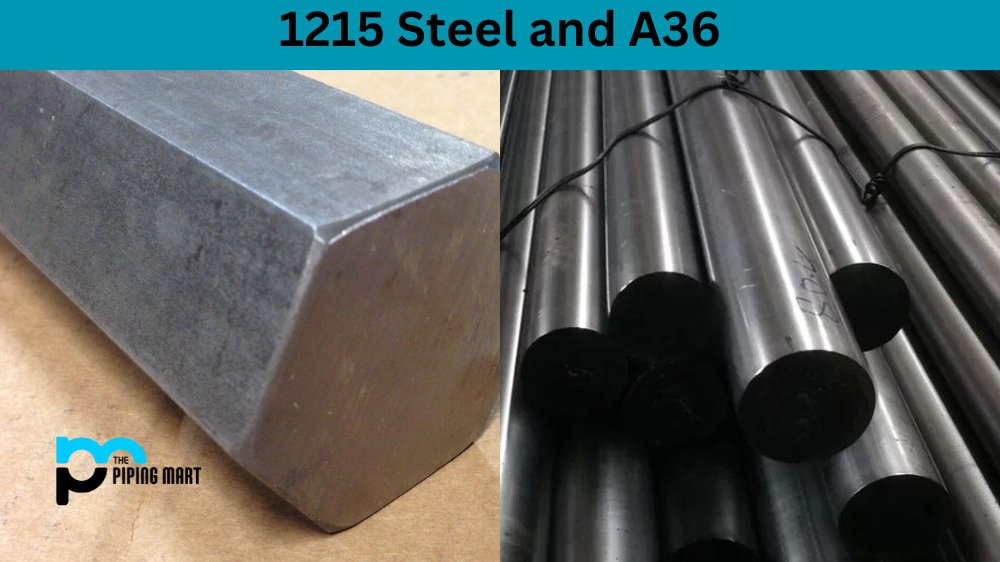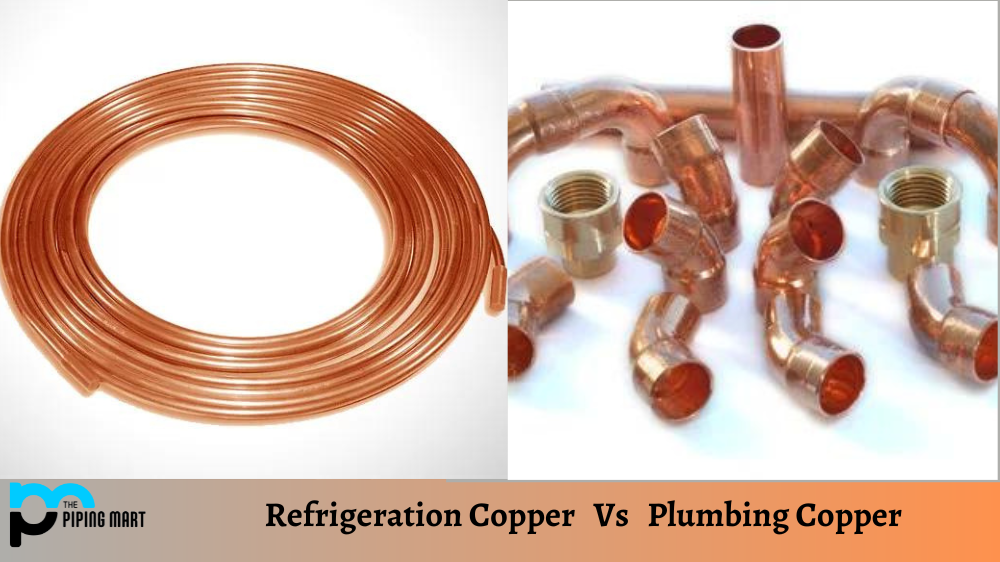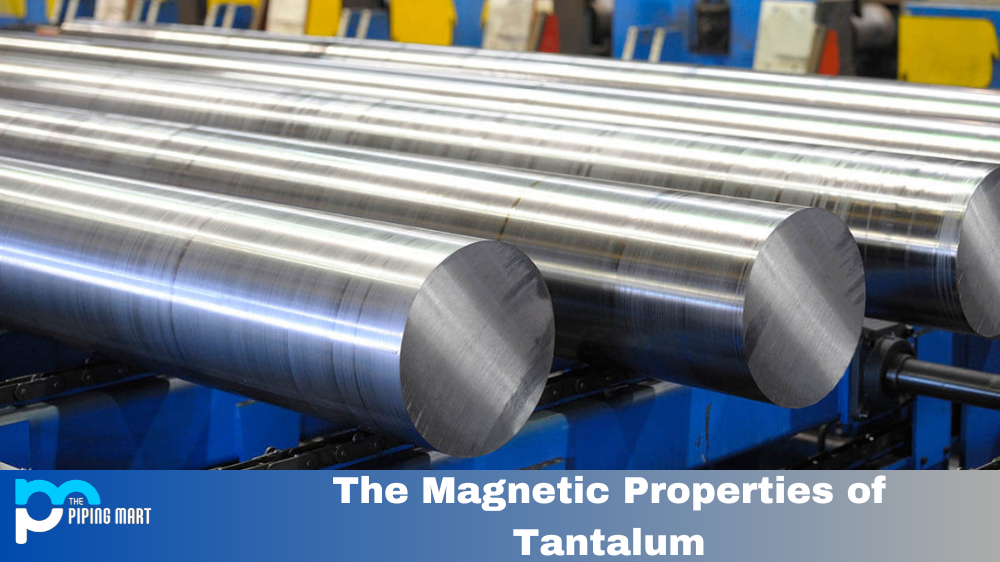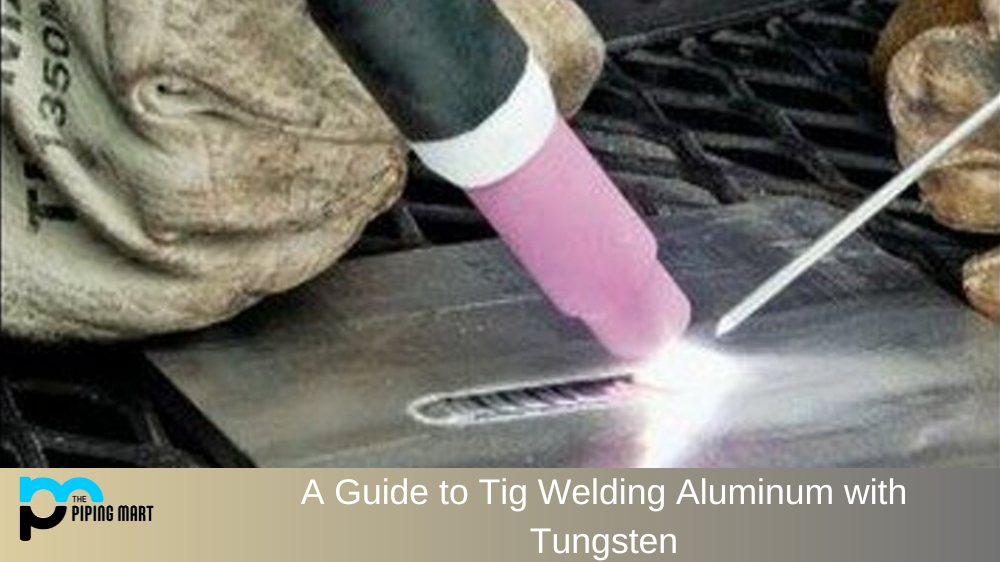Choosing the right type of steel for your project can be quite confusing, especially if you are not familiar with the various types of steel available in the market. When it comes to comparing 1215 steel and A36 steel, there are differences that you need to consider. In this blog post, we will examine the differences between these two types of steel in terms of their properties, applications, and advantages and disadvantages.
Difference Between 1215 Steel and A36
Properties
Regarding the properties, 1215 steel is free-cutting steel with high machinability and is ideal for turning milling, and drilling operations. It also contains sulfur and phosphorus to improve its machinability. On the other hand, A36 steel is a low-carbon steel commonly used in construction and is known for its strength, flexibility, and welding ability. It is an alloy of iron and carbon, and its properties make it ideal for structural applications.
Applications
1215 steel is commonly used in components that require a good surface finish, such as gears, bolts, and nuts. Its machinability makes it ideal for automated machining operations. In contrast, A36 steel is commonly used in construction since it is strong and can withstand high loads. It is also commonly used in manufacturing tanks and boilers, as well as in piping and various machine parts.
Advantages and Disadvantages
The advantages of 1215 steel include its high machinability, which makes it suitable for automated machining operations. It is also easy to weld and has good ductility. However, its main disadvantage is that it is unsuitable for applications requiring high strength and toughness since it has a relatively low carbon content. In contrast, A36 steel has high strength, is ductile, and can withstand high loads. However, it is not recommended for machining operations, as it is difficult to machine.
Cost
Regarding cost, 1215 steel is generally more expensive than A36 steel. This is because of the high level of machining required to produce it. A36 steel, on the other hand, is readily available and is commonly used in construction, which makes it more affordable.
Conclusion
In summary, choosing the right type of steel for your project depends on several factors, such as the properties required for your application, the cost, and the suitability for machining operations. Hopefully, this blog post has helped you understand the differences between 1215 steel and A36 steel and which type of steel might best fit your project. Remember, when in doubt, always consult an expert to ensure you choose the right type of steel for your specific requirements.

A passionate metal industry expert and blogger. With over 5 years of experience in the field, Palak brings a wealth of knowledge and insight to her writing. Whether discussing the latest trends in the metal industry or sharing tips, she is dedicated to helping others succeed in the metal industry.




